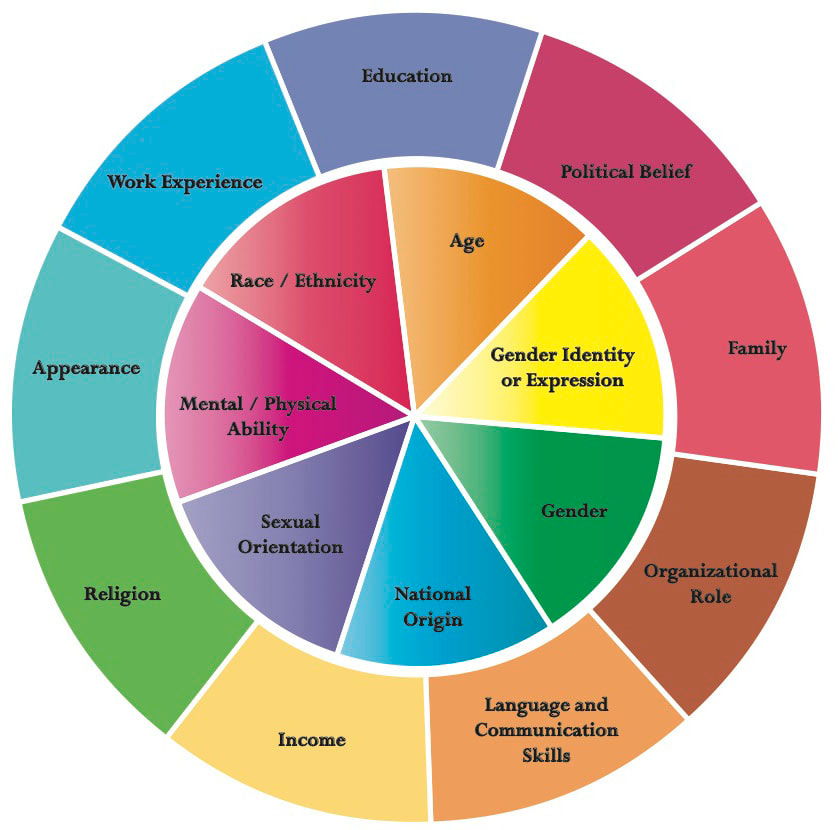|
Starter: Matching Game! Can you match the terms with the following definitions? see page 7 Class Biz
Rationale for why were doing today's activities on "isms" and bias: We have been talking a lot about what is fair and not, what justice means, who deserves what, who needs what, etc… Starting on Thursday, will be turning our focus to environmental ethics and the intersection between environmentalism and social justice. To apply new concepts on that topic, we'll examine a couple different case studies where there is clearly an issue of justice at the heart of some controversies on how we should DISTRIBUTE land-- who should have access to what lands, how should certain lands be used, do we prioritize economic interests and energy needs over human and environmental health and cultural beliefs, etc? Often, the way these controversies are resolved comes down to who has the power and who doesn’t. So, before we dive into those, let’s just make sure we have some common definitions under our belts and some awareness of the levels of oppression and the different ways our own biases might show up. Trust me, these definitions will come up a lot more when you all leave the fairly homogeneous Osprey Nest and enter more diverse college campuses and work environments, so y'all might as well grapple with them now. Today's Learning Objectives
As always, these ground rules for discussion apply:
Crash Course “Race and Ethnicity” (10 minutes)
Table Talks (groups of 3-4)
These characteristics place people into certain categories of society within the realms of privilege and oppression. Each component of the Diversity Wheel determines how you are viewed and treated by those around you. The inner circle is filled with characteristics that are inherent and cannot be altered, while the outer wheel are acquired characteristics. As explained by Allan Johnson, these categories do not express the true identity of a person, their thoughts, feelings, and aspirations. It is a surface view of how society is constructed.
TABLE TALKS (continued)
Watch a clip from “A Class Divided” ( end at 14:53 or 17:00) One day in 1968, Jane Elliott, a teacher in a small, all-white Iowa town, divided her third-grade class into blue-eyed and brown-eyed groups and gave them a daring lesson in discrimination. This is the story of that lesson, its lasting impact on the children, and its enduring power 30 years later. Discussion questions:
Examining Implicit Bias
Ted Talk: "How to Overcome Bias" Verna Myer's Ted Talk goes over a bit more on implicit bias and ways to overcome it.
Exit Ticket: Reflect on today's learning objectives Review the learning objectives for today and then pick one or two that you think were most interesting, impactful, or relevant and explain what you learned and how it applies to you. Today's Learning Objectives
Comments are closed.
|
Ashley CarruthHumanities teacher at Animas High School Archives
May 2021
Categories |

 RSS Feed
RSS Feed
